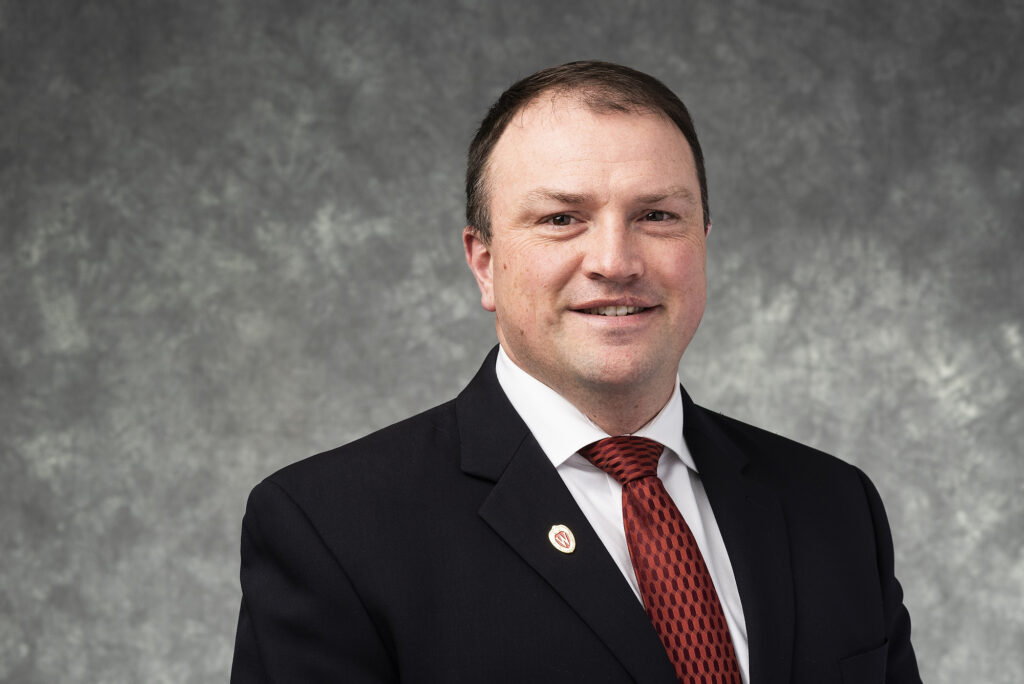The New Zealand dairy sector is urged to keep a close eye on bird flu developments unfolding in the United States after the disease jumped species to infect lactating dairy cows.
While 36 herds have been officially reported as contracting the disease scientists say the number is significantly under-reported, with as many as 60 herds in Texas alone believed to be infected.
University of Wisconsin professor of virology Dr Dave O’Connor and head of veterinary diagnostics Dr Keith Poulsen said changes in how the US operates its large dairy farms may have contributed to the jump in bird flu to dairy cows.
Poulsen said young dairy stock now tend to be reared in drier states, including Texas, with infected birds likely to have contaminated stock drinking water and feed supplies.
The debilitating disease is affecting about 10% of a herd’s population, usually in three- to four-year-old lactating cows, causing elevated temperatures, a precipitous decline in the production of milk, which also becomes thick and viscous, a loss of condition and general ill thrift.
Recovery does occur, but for many cows the impact on their milk volumes in the razor-thin margins of US dairying mean they get culled regardless.
The impact is now being felt on herds throughout Texas, Ohio, South Dakota, North Carolina and most recently as far afield as Colorado.
“We are seeing the spread come from the 50,000 lactating dairy cows moved every week from where they have calved to those states, with signs showing at about 150 days into lactation,” Poulsen said.
He said the virus brings many unknowns, including failing to affect young heifers or dry cows.

He was hoping a recently announced Federal order requiring lactating cows to be tested before movement across state lines will slow the spread.
However, farmers have been reluctant to raise flags if infection has been discovered, and buoyant beef prices compared to milk returns have resulted in cows simply being culled off unreported.
A lack of any compensation scheme for culling infected animals has also raised calls for a “carrot, not stick” incentive.
“But this would require an act of Congress to change the laws.”
Poultry farmers have also destroyed 11 million affected birds so far this year, largely in the egg-laying population, putting egg production 6% below the five-year average.
Media reports of bird flu DNA fragments being found in processed milk do not surprise O’Connor, who emphasised such fragments are not capable of infecting humans.
“Wording from the [US Department of Agriculture] as been careful to point out while genetic fragments are there, pasteurisation renders it completely safe.”
O’Connor said while new m-RNA techniques could offer some vaccination options, it is problematic given there will always be a virus population circulating among birds even if cattle are treated, itself a tough job across such a vast herd population.
He said no cow to human infections have been detected, and if human detection has been found it has come from poultry workers, but is still rare.
However, the political climate in the US with its big focus on migrant workers’ place in the economy could lay the kindling for the disease to evolve to more direct human transmission.
“It could be that if farm hands did get infected, as undocumented uninsured migrant workers they do not want to present themselves, and if its only a mild infection, their motivation to go to hospital is low,” O’Connor said.
“Certainly, this virus has shown us a propensity to affect a lot of species including mammals, and we still do not know enough about it, we have to be very vigilant.
“China’s opaqueness on covid in the early days was a factor in its spread.
“It is incumbent upon us to try to set a model for response here in the US, and that includes communicating as much as we can with other countries including down in NZ.”










